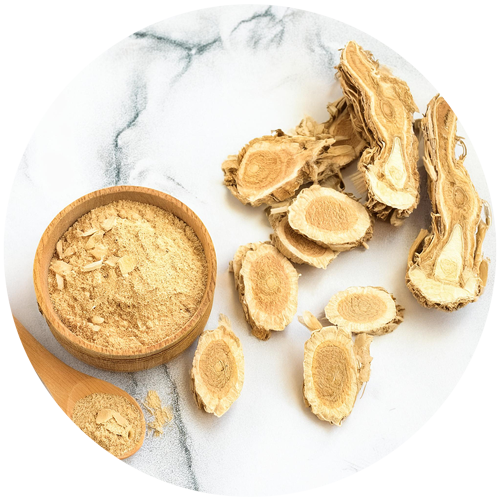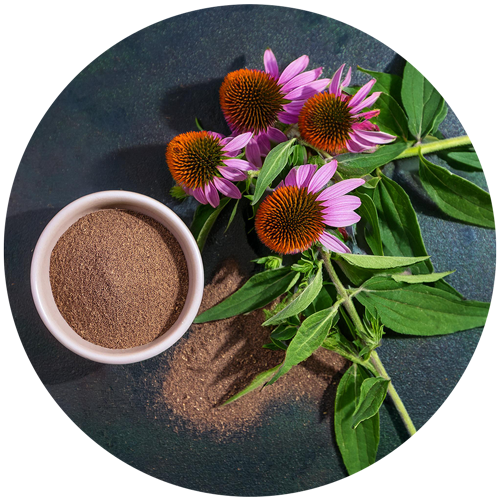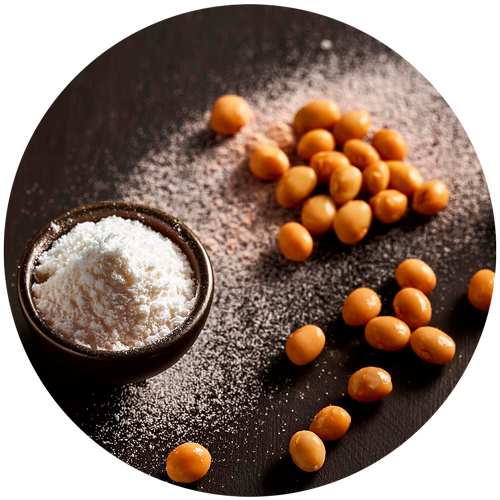

ASTRAGALUS
 Upper airways
Upper airways  Cardiovascular system
Cardiovascular system  Immune system
Immune system Astragalus membranaceus, or “Huangqi”, is a Chinese medicinal plant renowned for its roots, which are rich in polysaccharides, saponins and flavonoids. It has immunomodulating and antioxidant properties, helping to strengthen health and the immune system.
Our references
Regulations
and analysis
Identification: TCL
Data on traditional use:
Canadian monograph:
- Used to help maintain a healthy immune system
- Used for the respiratory system
WHO monograph:
- Used for the respiratory tract
- Used to improve immune system resistance
- Used as a cardiotonic agent
Association ideas by health axis
Select one or more axes:

Detailed description
Astragalus membranaceus is a plant of the legume family, known as “Huangqi” in China. It was described in one of the most famous books of ancient Chinese medicine, Shen Nong Ben Cao Jing, in 200 A.D. for its wide range of health effects.
Astragalus root contains three main chemical compounds: polysaccharides (heteropolysaccharide and dextran), saponins and flavonoids. Astragalus polysaccharide, a type of water-soluble heteropolysaccharide with bioactive effects, is the most important natural active component extracted from dried stems or roots. A growing body of evidence from pharmacological studies has shown that astragalus polysaccharide has a variety of biological activities, including regulation of blood glucose and lipids, antioxidant and anti-aging effects, and immune regulation, of which the immunomodulatory effect is the most important.









